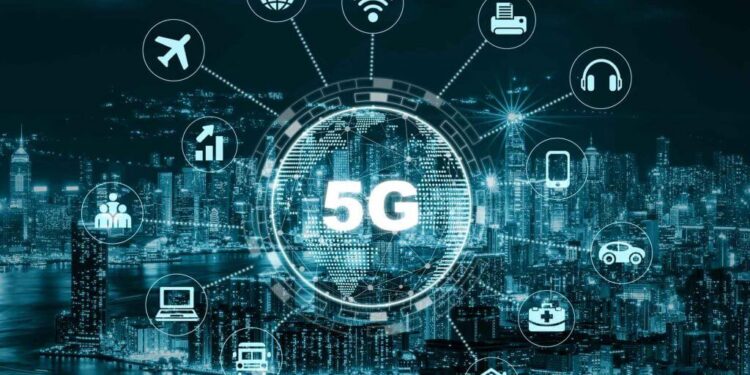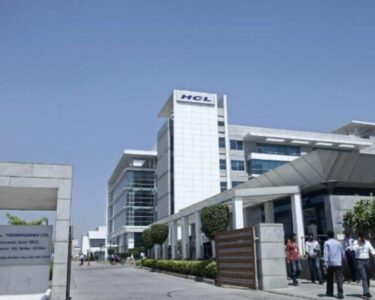In recent years, the telecom industry has witnessed remarkable advancements in technology, revolutionizing the way we communicate and connect. One of the most significant developments in this domain is the introduction of 5G technology. With its exceptional speed, low latency, and capacity to connect a vast number of devices simultaneously, 5G is poised to bring about transformative changes across various sectors. In this blog post, we will explore two key areas where 5G technology is shaping the future of telecom and driving innovation.
- Enhanced Mobile Experience: The introduction of 5G technology has unlocked a new era of possibilities for mobile users. With download speeds up to 100 times faster than 4G, 5G offers a seamless and immersive mobile experience. Streaming high-definition videos, playing latency-sensitive online games, and accessing data-intensive applications are now smoother and more responsive than ever before. The increased bandwidth of 5G networks also enables faster downloads and uploads, making file sharing and content creation on mobile devices more efficient.
Furthermore, 5G technology supports ultra-low latency, reducing the time it takes for data to travel between devices and the network. This advancement is especially crucial for applications requiring real-time responsiveness, such as autonomous vehicles, remote surgery, and augmented reality (AR) experiences. As 5G continues to expand its coverage, users will benefit from faster and more reliable connections, unlocking a world of possibilities for mobile technology.
- Internet of Things (IoT) Connectivity: The Internet of Things (IoT) is rapidly transforming industries, connecting devices, and enabling smart solutions in various sectors, including healthcare, manufacturing, transportation, and more. With the arrival of 5G, the potential of IoT has grown exponentially. Traditional networks often struggle to accommodate the massive number of connected devices, leading to congestion and compromised performance. However, 5G’s massive machine-type communications (mMTC) capability allows for seamless connectivity of a vast number of IoT devices, creating a truly interconnected ecosystem.
5G’s ultra-reliable low-latency communications (URLLC) is another critical aspect for IoT applications that require real-time data transmissions, such as smart cities and industrial automation. With low latency and high reliability, 5G enables near-instantaneous communication between devices, ensuring efficient control and monitoring of IoT systems.
The combination of 5G and IoT opens up a multitude of possibilities. For instance, healthcare providers can utilize connected medical devices to remotely monitor patients’ health, improving access to care and enabling early intervention. In manufacturing, IoT devices connected through 5G can facilitate predictive maintenance, optimizing operational efficiency and reducing downtime.




